Many of us are used to aches and pains here and there whether from an old sports injury or a missed step, it is a common occurrence to be experiencing some sort of ailment. However, chronic pain is an experience entirely different. And, sadly, it is an experience all too common for many of our aging parents. On average, over 50% of aging adults experience some form of chronic pain.
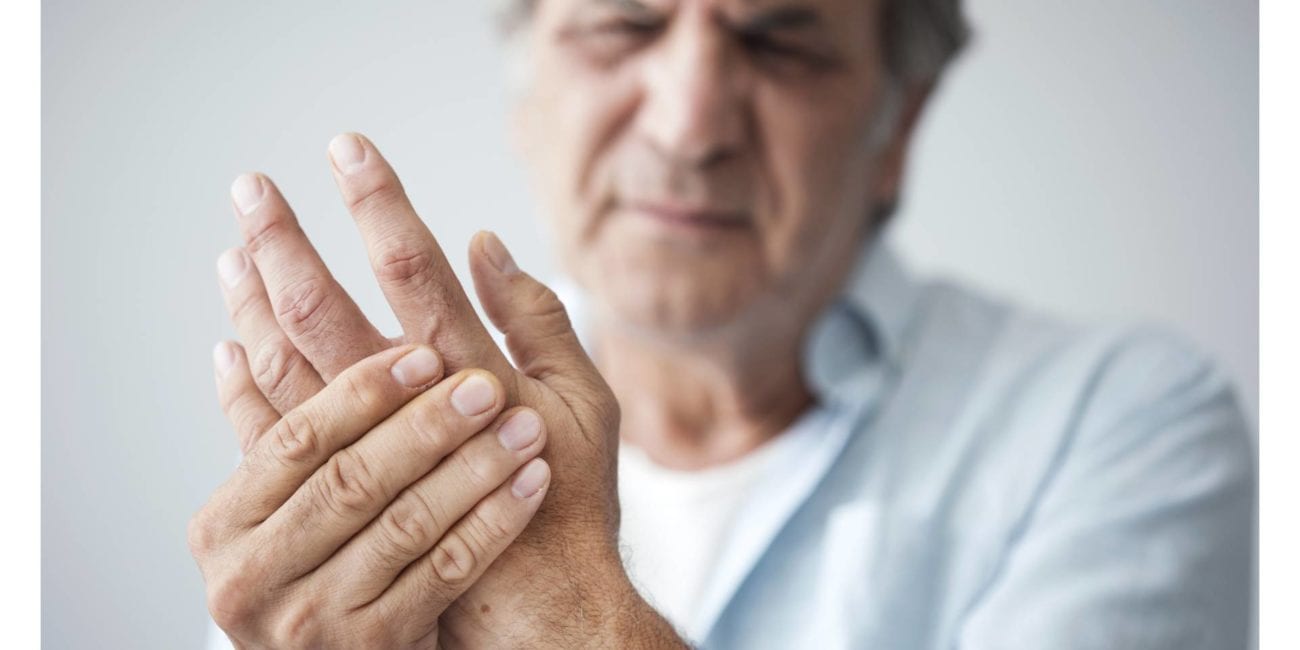
What Is Chronic Pain? And What Causes It In Our Parents?
The term “chronic pain” describes a wide medical reality of many of our experiences. While each medical professional can independently assess what makes something “chronic,” usually it is a pain that continues to stick around for over 12 weeks. After about three months without relief, we generally consider an ache or pain to be “chronic.”
Chronic pain in aging adults is common and it can be helpful to explore some of these reasons to help best understand our loved ones’ lived experiences.
Medical Changes
Chronic pain sometimes is a side-effect of many diseases common in aging adults. Cancer treatment, Fibromyalgia, Arthritis, cardiovascular diseases, and more can be a root cause for chronic pain, even with the best treatment.
Increased Pain Sensitivity
Pain sensitivity increases we age due to changes in the brain and its chemistry, meaning we feel pain more strongly as we age. So, something that might have been barely noticeable earlier in life (like an old football injury) may increase chronic pain in aging adults.
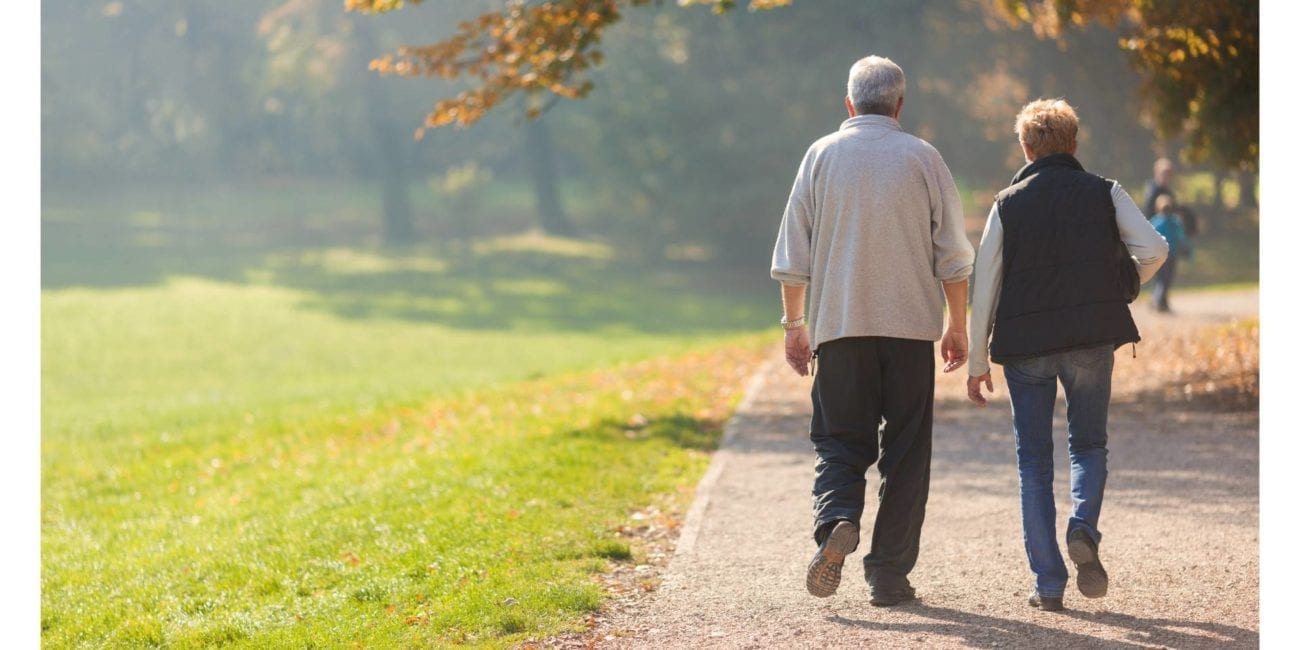
Effects of Chronic Pain on Aging Adults
Any discomfort or pain is problematic, especially when our aging parent is struggling through it, but chronic pain presents a unique challenge. As they age, we often focus on keeping them active, mobile, and sharp and this is a great decision. However, chronic pain can make these routines even more difficult. It can take its toll on your family member physically, mentally, and emotionally. For some, chronic pain can be a roadblock as they try to keep their body moving. While there is no one perfect solution to ridding our aging parent of chronic pain, there are a variety of options that may help.
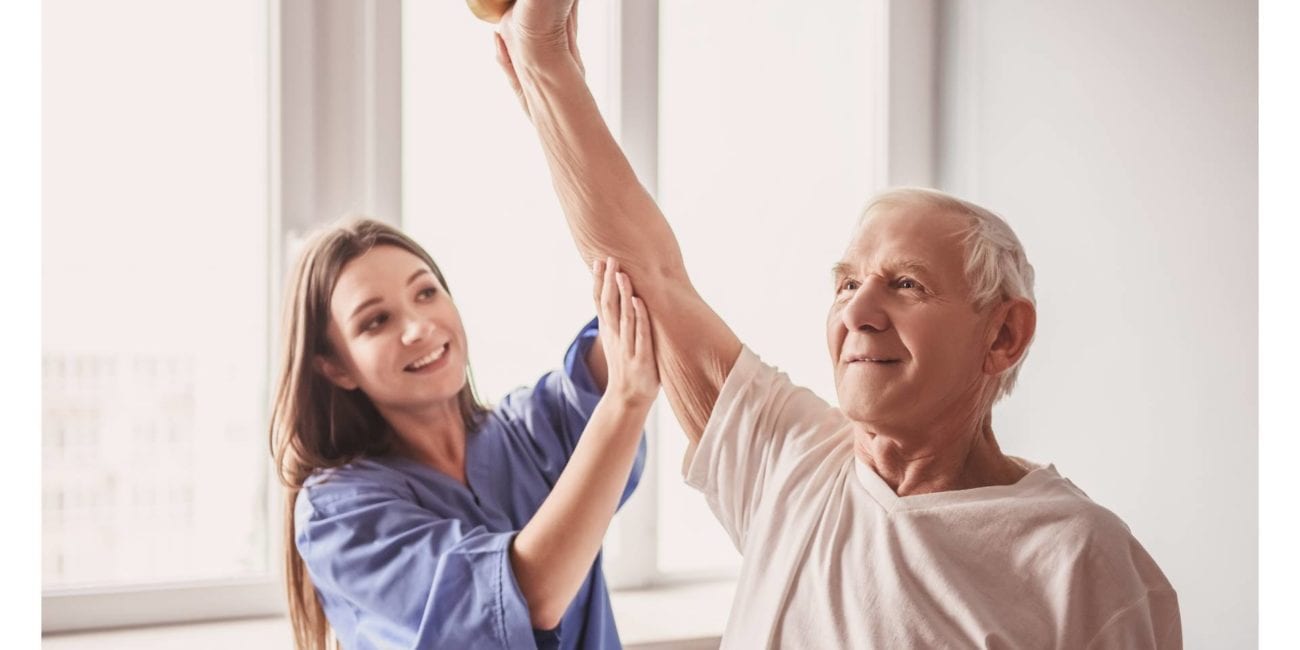
How Can We Help Our Loved Ones Manage Chronic Pain?
As a first step, connect them with their medical professionals. If they have a specialty doctor in the pain area, ask the general practitioner if a referral is needed and appropriate.
The most traditional ways of managing chronic pain are over-the-counter medicines (like NSAIDs), and topical creams, and if those fail, prescription pain medications. Their doctor will help direct this trial-and-error process and manage any changes that need to occur. Try to attend doctor’s visits so you understand how to assist with pain medication management.
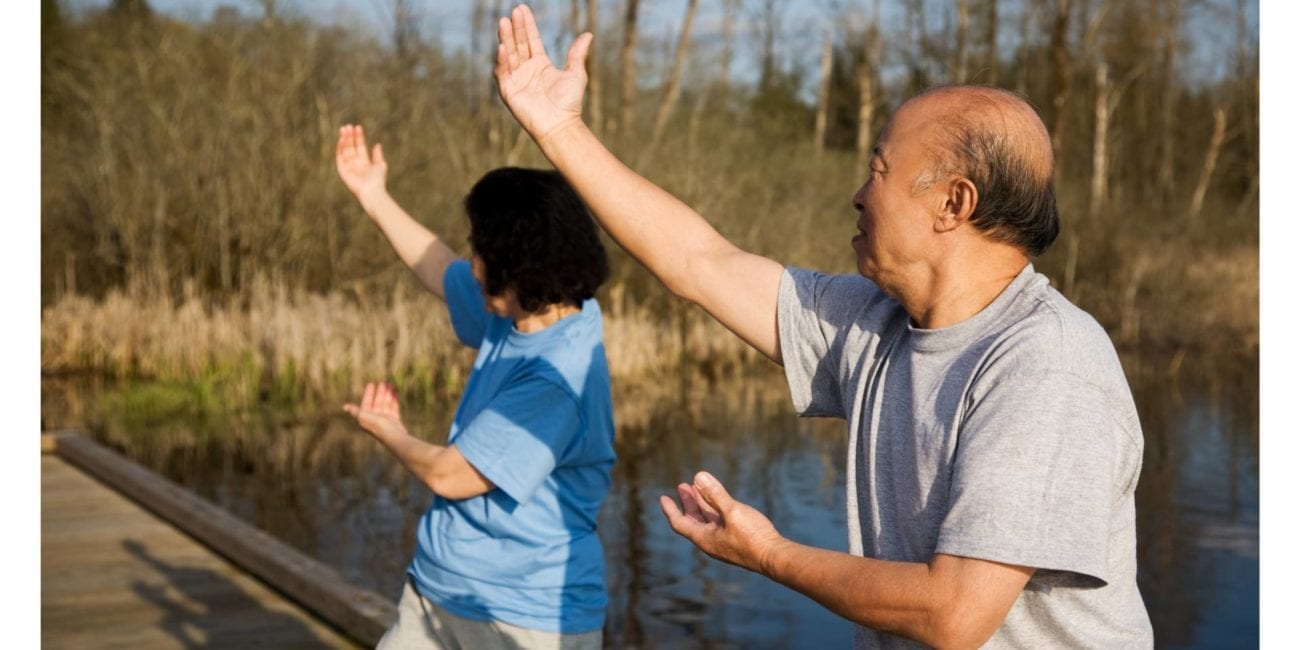
Stress & Relaxation
When we think of aches and pain, sometimes it’s easy to forget how much the brain is connected to the body. Stress and anxiety can directly impact how our physical body feels. Stress causes our muscles to tighten, our hormones to change and can worsen any chronic pain.
When we help our aging parent to de-stress and relax, we actually might be helping them lead a more pain-free life. Below are some ways we can encourage your loved ones to relax their mind and body:
- Guided breathing exercises; breathwork is common in pain management (like women in labor, for instance)
- Meditation to help learn breathing techniques and muscular relaxation
- Getting a pet or pet therapy; sometimes even stroking a loved animal can relax our bodies and muscles and decrease pain
- Consulting with a mental health professional to discuss any struggles they are experiencing. Various studies and treatments (like Emotional Awareness and Expression Therapy) show a connection between phycological therapeutic treatment and decreased chronic pain.
Lifestyle Changes
Sometimes, if we help our aging parents adopt lifestyle changes, we may see a decrease in chronic pain. Safe movement is key and the release of endorphins can help combat pain and lessen its effects.
Focus on movements and lifestyle changes that suit your loved ones and their comfort. Here are a few that work have worked well for others:
- Tai Chi is a helpful low-impact way of movement that can help with mindfulness and breathwork and keep a loved one exercising.
- Water activities, like water aerobics, can be a great way to exercise without all the impact on joints and muscles.
- Healthy eating and hydration can be helpful in strengthen an aging body so that the effects of pain are less. Be sure to consult medical professionals before any big changes to diet or hydration.
Body Treatments for Pain
A few other treatment options for chronic pain in aging adults do not require (or can occur alongside) medication.
- Acupuncture can be a treatment to alleviate chronic pain in aging adults. It is popularly used by patients with chronic pain related to chemotherapy or cancer treatments.
- Physical therapy may be prescribed for specific injury or pain area that would benefit from directed safe movement and treatment for recovery from a surgery or injury. The therapy itself can often be painful or uncomfortable and it can be challenging to convince our loved one to continue. Speak with their doctor about your concerns and ask for advice on motivating your parent to continue therapy.
- Massages can seem luxurious to many of us, but they can actually reduce the effects of chronic pain by relaxing the body’s muscles and helping relax the mind.
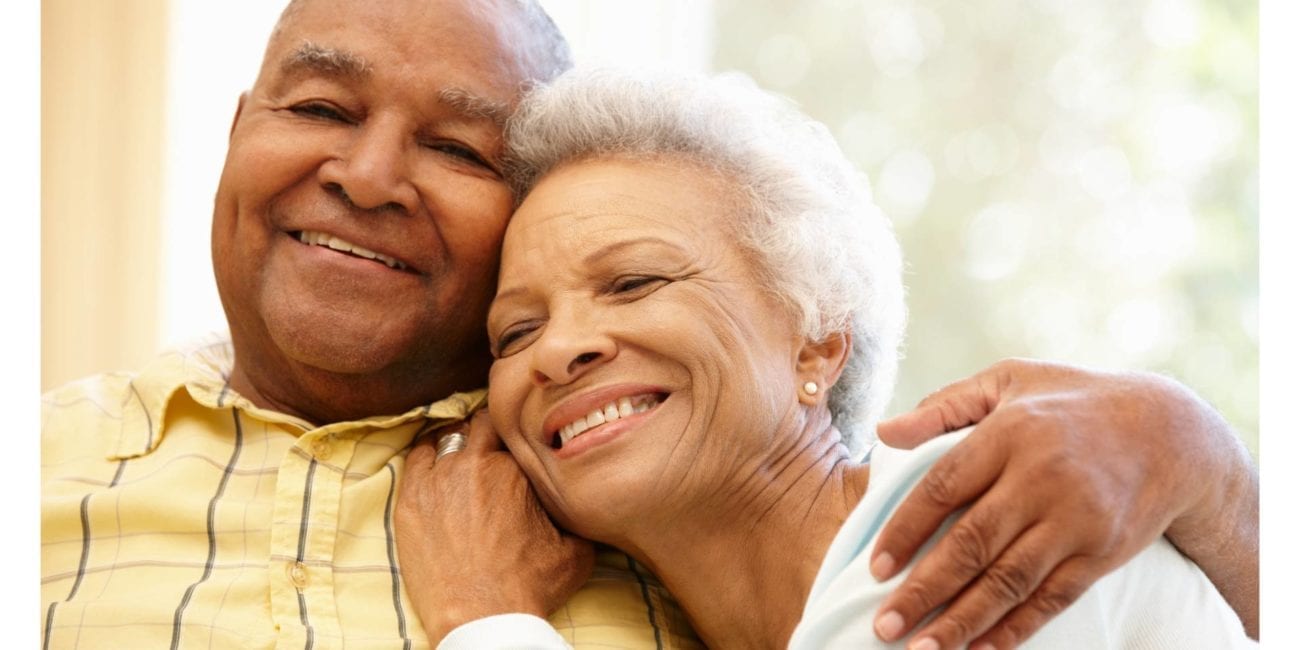
Loving and Living Beyond Pain
If you or your loved one is struggling with chronic pain and need support, please connect with me and others sharing similar experiences in our Facebook Group; let’s start a conversation!

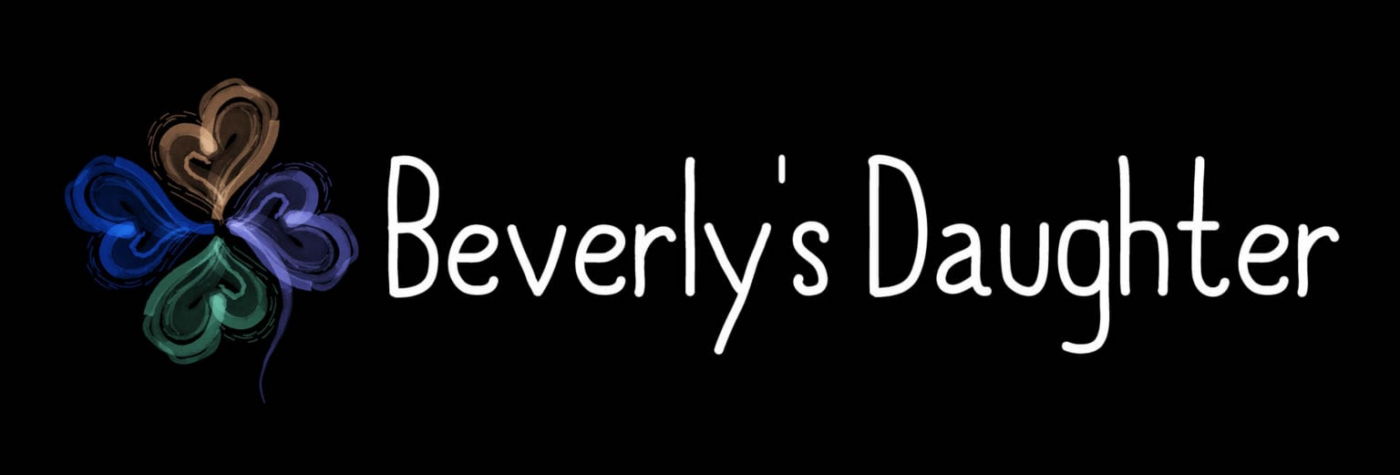


Leave a Reply